What if you could choose to make your content go viral?
What if you didn’t have to leave your content’s success up to chance?
It’s the dream of every content marketer.
You want to create content, promote it, and see it thrive with remarkable success.
You want to reach new audiences and sell more products.
You want to drive traffic, leads, and conversions.
You want your content to be so impactful that thousands or even millions of people view it and share it.
But, of course, doing so is easier said than done.
That’s what every content marketer wants, but few actually succeed in making their content go viral.
In fact, the top challenge for B2B content marketers is to create engaging content.
And just so you don’t think that only B2B marketers struggle to create engaging content, know that B2C marketers struggle with the same thing. Almost to the same percentage point.
Whether B2B or B2C, marketers everywhere struggle to create content that engages their audiences like they want it to.
That really isn’t a surprise, though.
After all, one of the big goals of content marketing is to engage audiences. And since there’s a large amount of content in the digital world to accomplish that goal, the competition is higher than ever before.
That means engaging your audience is more difficult than ever before as well.
Because with more options comes a higher requirement for quality.
But it seems some publications have found a formula for making their content go viral.
For example, this quiz took social media sites by storm.
So too did this article about second-born children being more likely to become criminals.
And finally, this Huffington Post article had the digital world in a craze.
How did all of these articles do it, though?
Well, it’s easy to see from the titles why they are so fascinating. They appeal to a current topic, and they’re all something that’s a bit out of the ordinary.
So you want to read, like, and share them.
But what’s the formula for their success?
And why do you really want to do the same thing?
First, we’ll discuss why virality is so great for your business. Then, we’ll talk about how you can use earned, owned, and paid hacks to create and promote viral content.
Why do you need earned, owned, and paid content to go viral?
The answer seems obvious, doesn’t it?
You want people to share your content because when your content goes viral, it’s good for business.
More people see it, which drives traffic to your website. When more people visit your website, more people become identifiable leads. And when more people become leads, your conversions surge.
In other words, viral content makes your content sell more product, making your business more successful.
However, to create viral content, we first must ask another question.
Why do people share in the first place?
After all, if your content doesn’t get shared by the masses, then you don’t have a piece of viral content on your hands.
If, however, the content is shared thousands or millions of times, then your business thrives and your growth skyrockets.
And the answer to why people share content is quite simple.
It all comes down to social currency.
Basically, people share when it makes them look good.
What would you rather share?
This:
I’m willing to bet that you’d rather share the first piece of content. It’s an interesting topic from a trusted publication, and the article is fascinating.
The second piece of content, while it looks pretty, offers very little actual value.
Here’s the thing. People don’t want to look bad in front of their friends.
And they also know that their friends judge them based on the content they share.
We all do this, right?
You see someone post something on Facebook and then make a snap judgment about the person’s intelligence level, for better or worse.
Really, that’s just human nature.
There are six different things that make people look good.
Why does that matter so much?
Because if you create content that offers utility, information, conversation, or identity for the person viewing your it, then the chance of them sharing it increases markedly.
Otherwise, your content is likely to fall by the wayside.
People want to share stuff that makes them look good.
And when they do, that helps your business, revenue, and overall ROI.
Earned virality tips
What exactly is earned media?
It’s the stuff you earn through hard work, sweat, and tears. The stuff where you attract attention because you provide better quality or a higher quantity than the competition.
Here are a few ways you can use earned media to make your content go viral.
1. Create short content.
Generally speaking, short content is more likely to go viral than long content is.
This makes sense when you think about it.
Some stats compare the modern human attention span to that of a goldfish. And according to most of those same stats, the goldfish wins.
That means short content does a better job of keeping the viewer’s attention throughout the entirety of the content, thus getting more shares and making it more likely of going viral.
Long content, on the other hand, might be amazing. But it doesn’t have as much of a chance of going viral.
And the reason is simple.
People stop watching or reading because it’s too long and they don’t have the time.
Just consider this viral video from Volvo where Jean-Claude Van Damme does the splits between two semi-trucks driving backward.
As you can see, the video is about one minute. That isn’t very long to get your message across.
But if you succeed like Volvo did, then you have a good chance of getting more shares and building more brand awareness.
And it isn’t just Volvo that sticks to the short-content rule for viral content.
Viral content across the board follows a similar tendency.
Here’s another viral video from Dove that’s just over three minutes.
And one more from Mr. Clean that’s only thirty seconds.
What’s the point?
Well, viral videos are notoriously short. And if your video or blog post is short, you automatically have a better chance of drawing the attention of all those distracted human beings.
If your content is too long, though, you’ll likely lose the attention of people who matter.
It’s a small change with a big impact.
2. Keep it visual.
Similar to short content performing better than long content, visual content often performs better than bodies of text.
Think about it.
Have you ever clicked on an article only to find a long body of text on a white background, and then left because you didn’t feel like reading the whole thing?
Of course you have. We all have.
When content is long and uninterrupted, it intimidates your audiences and makes them far less likely to engage with it.
That’s why, for example, I try to include so many images and line breaks in my own blog posts.
It makes for an easier and more appealing read.
In fact, conversions increase by 86% when there’s a video on the landing page, and 40% of people respond better to visual info (like infographics) than plain text.
And, across the board, infographics receive the most shares out of any other type of content.
Why is this?
Because people love to look at stuff rather than read stuff.
And they don’t mind reading stuff if you sprinkle it with visual interruptions like line breaks, images, and videos.
If you want to give your content a better chance of going viral — which you do — then make sure to include plenty of visual cues within it.
Or just stick to video and infographics if you have the budget for it.
3. Run a giveaway.
Another less common, but often more effective way to create viral content is by running a giveaway.
People love free stuff, and they love gambling.
At its heart, a giveaway uses both of those truths to draw attention and generate brand awareness and engagement.
Just consider this t-shirt giveaway from Qwertee.
Why is the company doing that?
Are they just doing it for fun because they love giving stuff away for free?
Of course not. They are a business that wants to make money. They are doing it to generate awareness around their brand and build their brand image.
Then people will be more likely to buy in the future, and more people will engage with them. And they know this.
Plus, those types of giveaways often go viral.
Just consider this infamous swimsuit on Instagram.
This giveaway got so out of control that the company had trouble keeping up with demand.
Here’s the picture of someone who received their swimsuit.
You can do the same thing to generate attention for your business.
People love free stuff, and if you’re the one to give it to them, you’ll gain loads of attention.
Owned virality tips
Now we’ll discuss virality tips that revolve around owned media.
Owned media is media that you directly own and is unique to your business. Your website, email list, or social media accounts, for instance.
How you use these channels greatly increases the chance that your content will (or will not) go viral.
1. Email list distribution.
Your email list has loads of virality potential.
That’s right. Even if your email list isn’t massive or your open rates aren’t very good or your click-through rate is worse, you can still use your email list to market your content to the people who matter most.
The people who already care about your business.
Those are the people, after all, who are most likely to share your content.
You know they care, so you might as well start with them.
For quite some time now, Buzzfeed has been one of the hallmark examples of a company that regularly produces viral content.
Here’s an email they sent to their audience.
Naturally, you don’t want to create content and then have no one to share it with.
The reality is that, even if you create an amazing piece of content, that content will never go viral if no one has easy access to it.
Your email list is the natural place to start the sharing process.
Similar to how InVision offers content updates.
Cook Smarts does the same.
The point is, if you have an email list, you’re missing out by not promoting your content to them. They’ve already expressed interest in your business.
They are a great place to get the virality ball rolling.
2. Leverage user-generated content.
Although I don’t use much user-generated content myself, I have seen it work wonders for loads of different businesses.
But what exactly is user-generated content?
Well, it’s exactly what it sounds like. It’s content that your users create that you publish.
This is awesome for two reasons.
- You don’t have to create the content yourself.
- It’s easy to make this content go viral.
The reason that it’s easy to make the content go viral is that you have a large pick of which content you want to publish in the first place.
Plus, you might be surprised at just how creative your audience is.
Some of the top businesses that regularly publish user-generated content are Red Bull, BMW, and even Starbucks.
Clearly, those businesses aren’t just doing it for fun.
They’re doing it because it works.
And if it’s good enough for them, it’s likely good enough for you. The key is to come up with a prompt for your audience.
What do you want them to publish content about?
Give them a challenge and they’ll likely come through.
Here’s a challenge that Aerie gave to its customers. They then published the pictures on their Instagram account.
Here’s another user-generated photo from Buffer.
How could that picture of a puppy not go at least a tiny bit viral?
It’s adorable.
But here’s the thing. You can’t know if this strategy will work for you unless you try.
Come up with a prompt, encourage your audience to send you their submissions, choose the best ones, and then publish those.
That content might just go viral.
Paid virality tips
Now, we turn our attention to the paid promotional tactics. These are the ones that cost you money above all else.
1. Run paid advertisements.
Paid advertising has been around for as long as businesses have existed.
Sure, it has changed form. But, at its heart, it’s stayed the same.
People pay to reach the people who matter. In return, they hope that they receive more money in return than they spent to reach those people.
And paid advertising has been popular for such a long time for one reason and one reason only.
It works.
But it doesn’t just work to create sales. It can also work to make your content go viral.
Just because most Facebook Ads look something like this doesn’t necessarily mean they should.
Most Facebook Ads are trying to sell something because marketers don’t want to pay money and receive nothing in return.
Ideally, they want to pay money to make money.
It often seems that trying to sell your products directly is the best way to do that.
But that isn’t necessarily true.
As we’ve already discussed, making your content go viral is a great way to generate traffic and sales.
Consider this advertisement from The New York Times, for instance.
They aren’t directly trying to sell anything.
Instead, they are trying to promote one of their more successful pieces of content. In doing so, they are trying to generate brand awareness and subscriptions to their publication.
The same is true for this advertisement from Bustle.
Paid advertising is great if you want to sell something.
But it’s also great if you want to make a piece of content go viral and generate attention that way.
Do you have an exceptional piece of content that you want to promote and gain attention for?
Then don’t be afraid to run advertisements to it.
Conclusion
You want content to go viral.
But not so much because you want attention or because you think it would be cool.
No. Of course not.
I mean, it would be cool. But that’s an added bonus.
You want your content to go viral because you know the revenue potential represented by content virality.
And that revenue potential can be at your fingertips if you use these six earned, owned, and paid hacks.
In particular, create short content, keep it visual, run a giveaway, distribute it on your email list, leverage user-generated content, and use paid advertisements.
With all of those strategies, you’ll be going viral in no time.
Let me know when you do.
What are your top earned, owned, and paid media hacks for Internet virality?

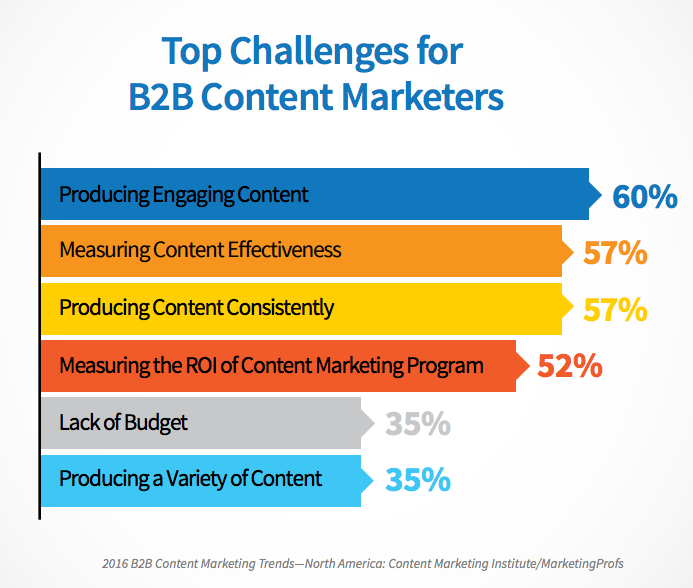
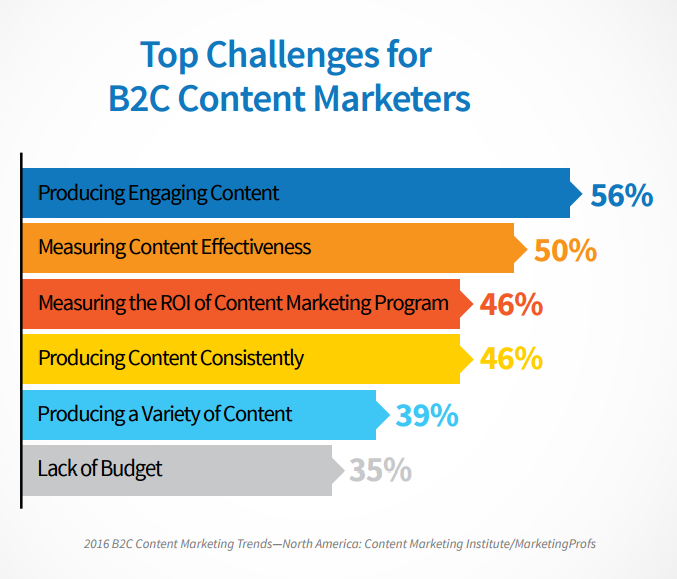
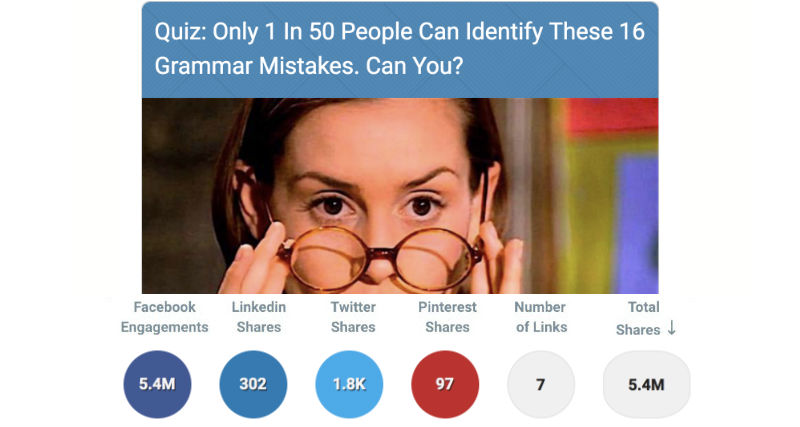
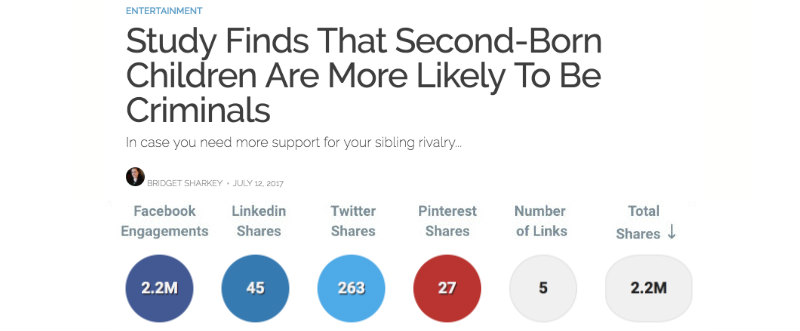
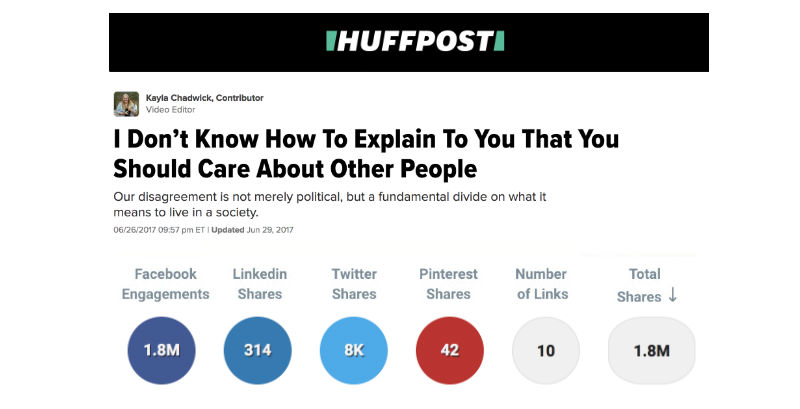
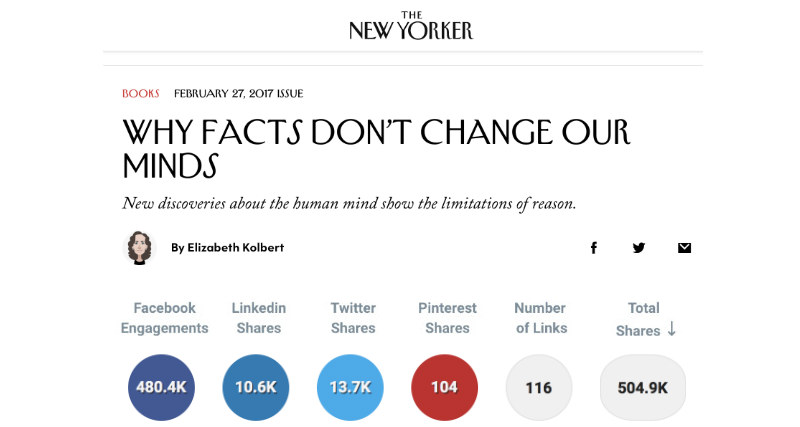
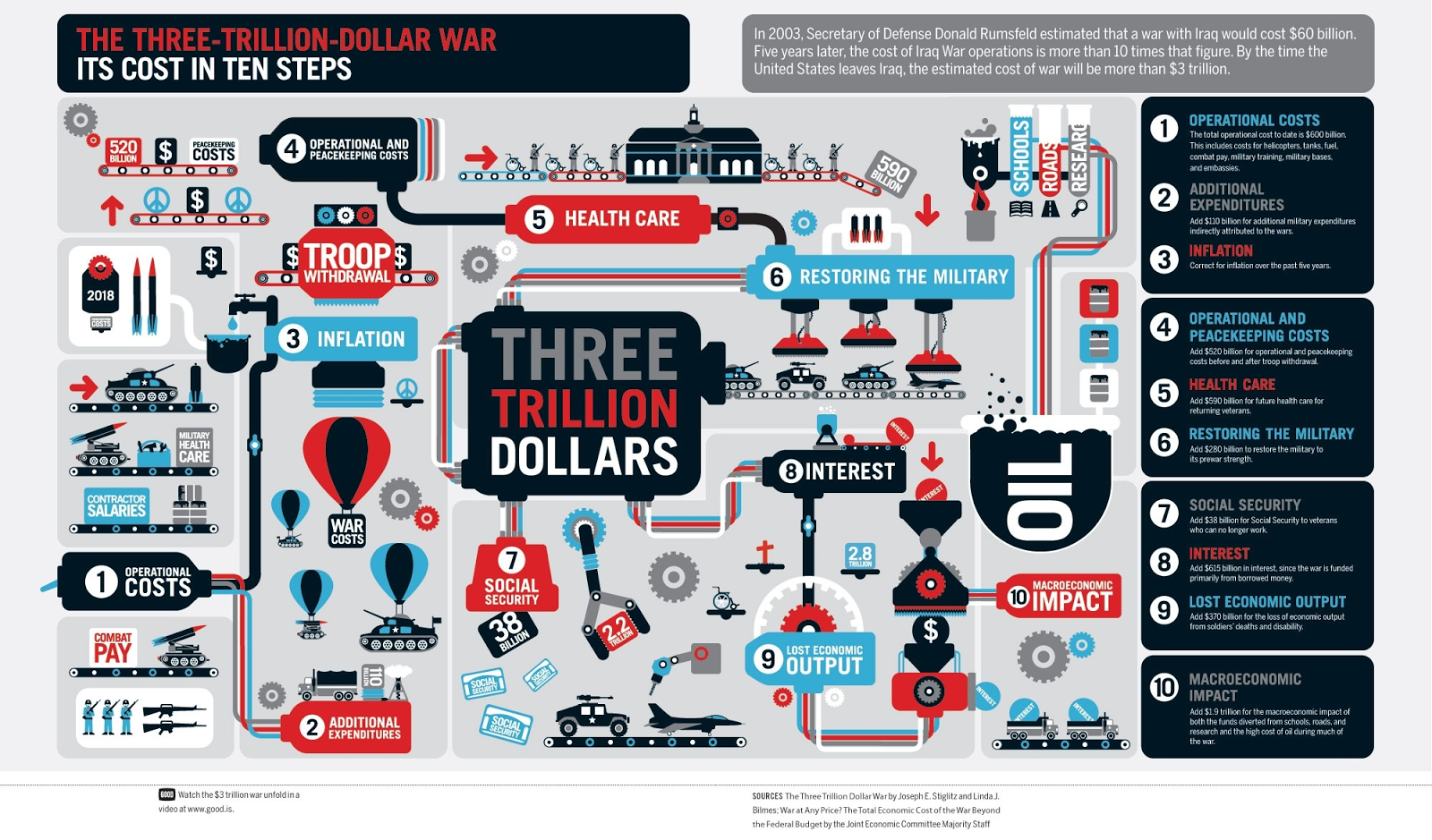
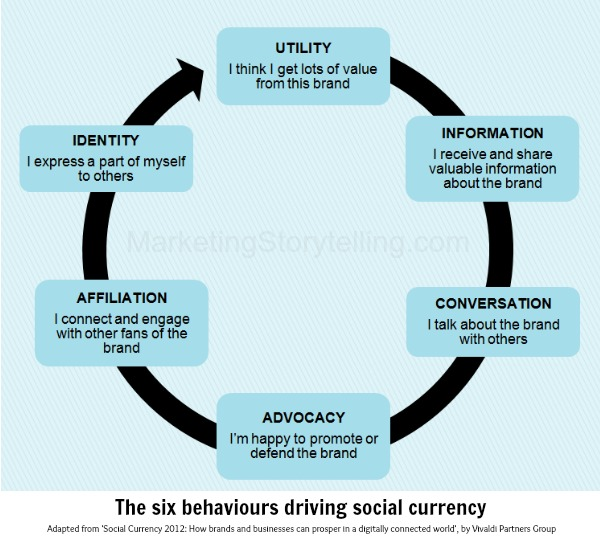
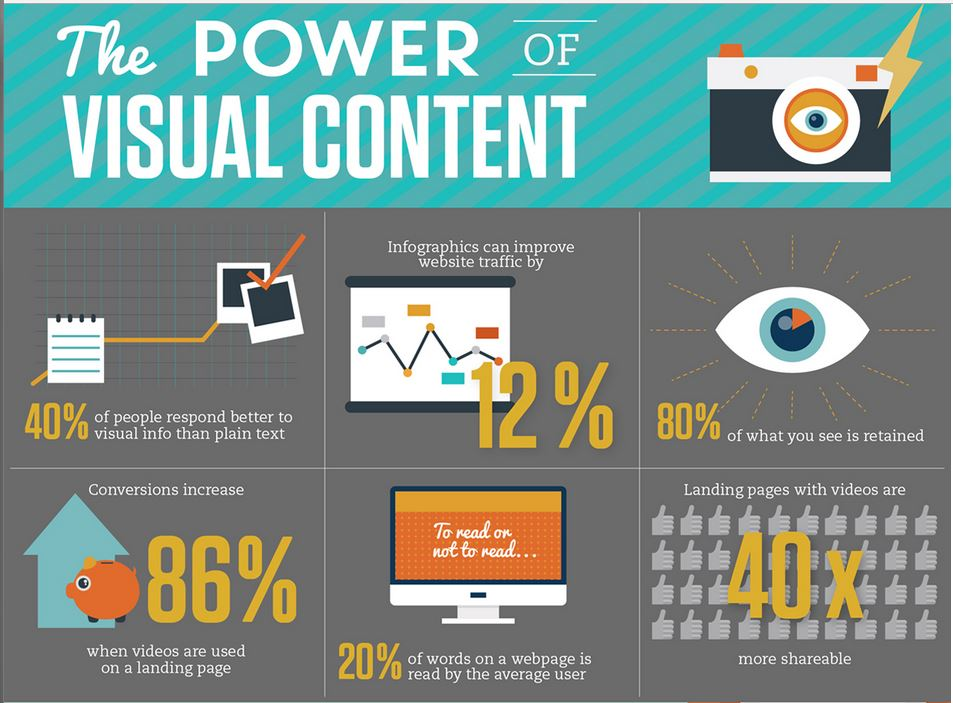
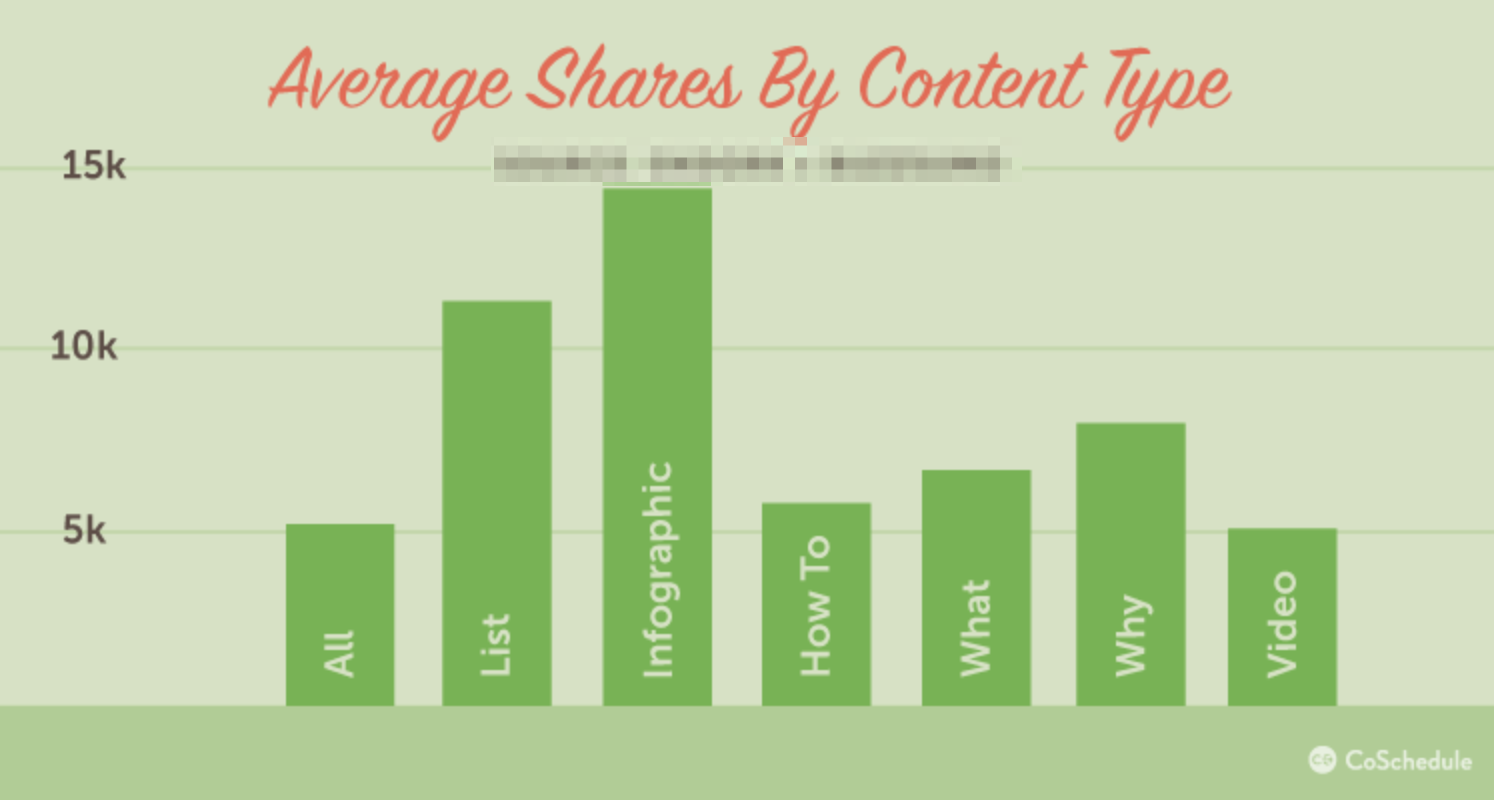
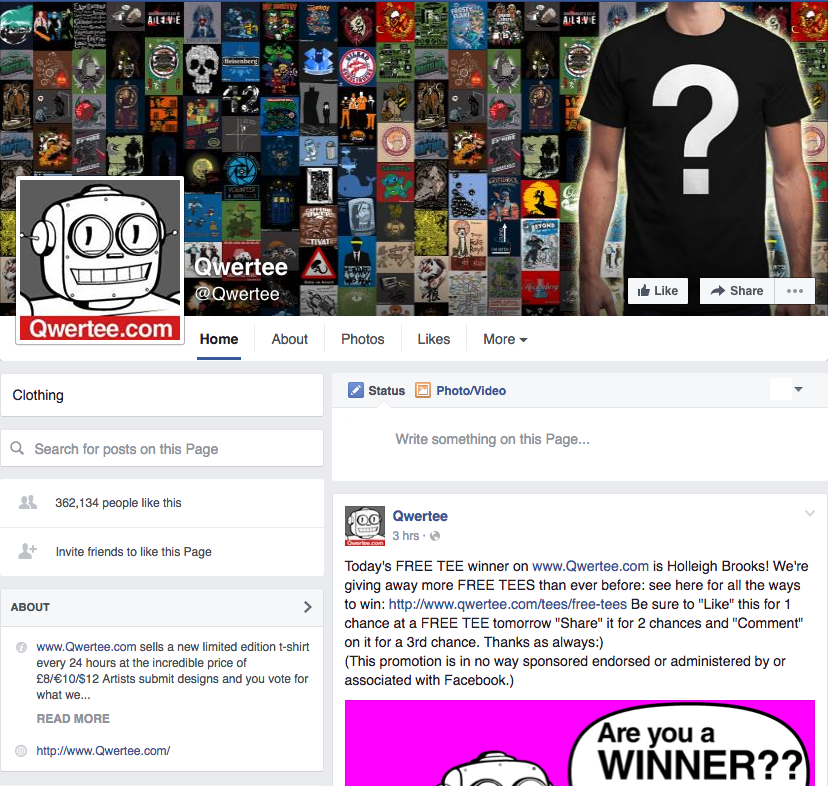
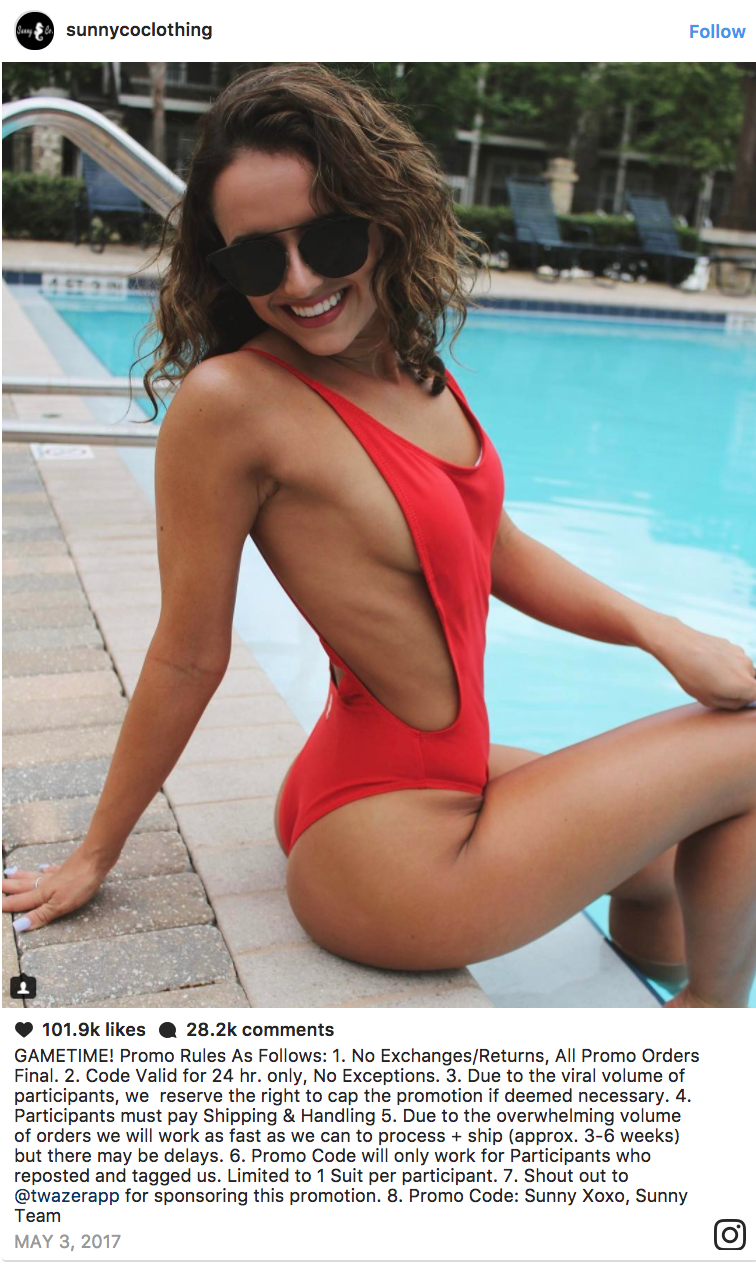
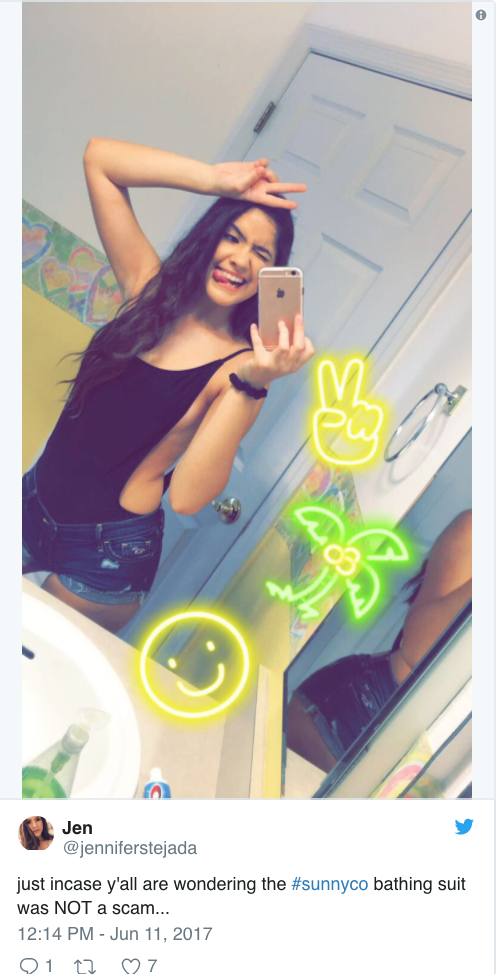
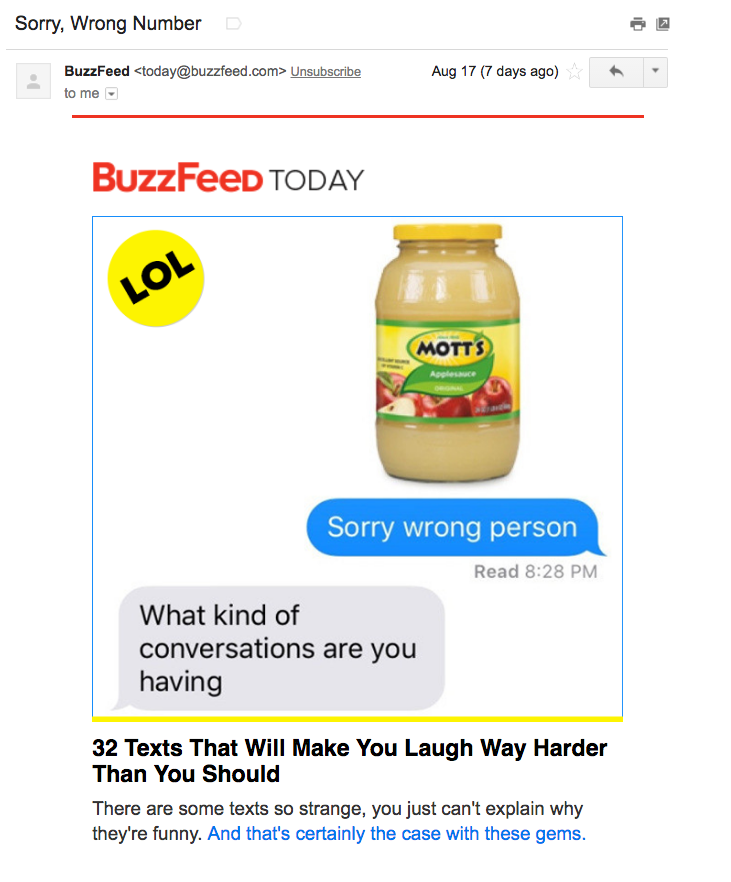


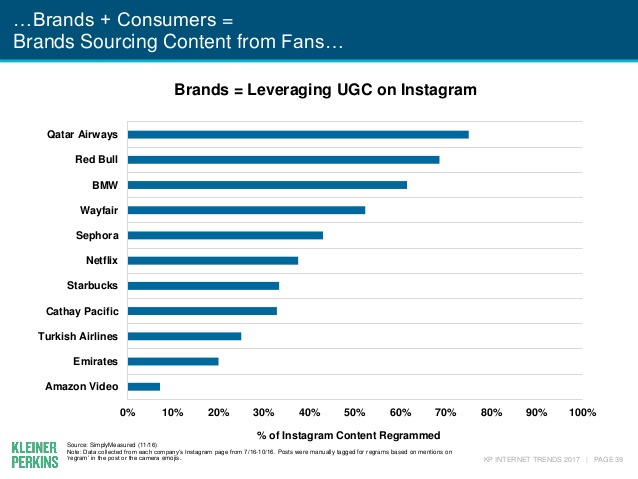




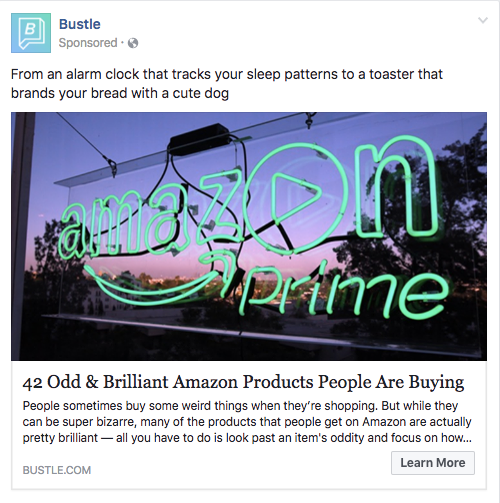
Comments (12)